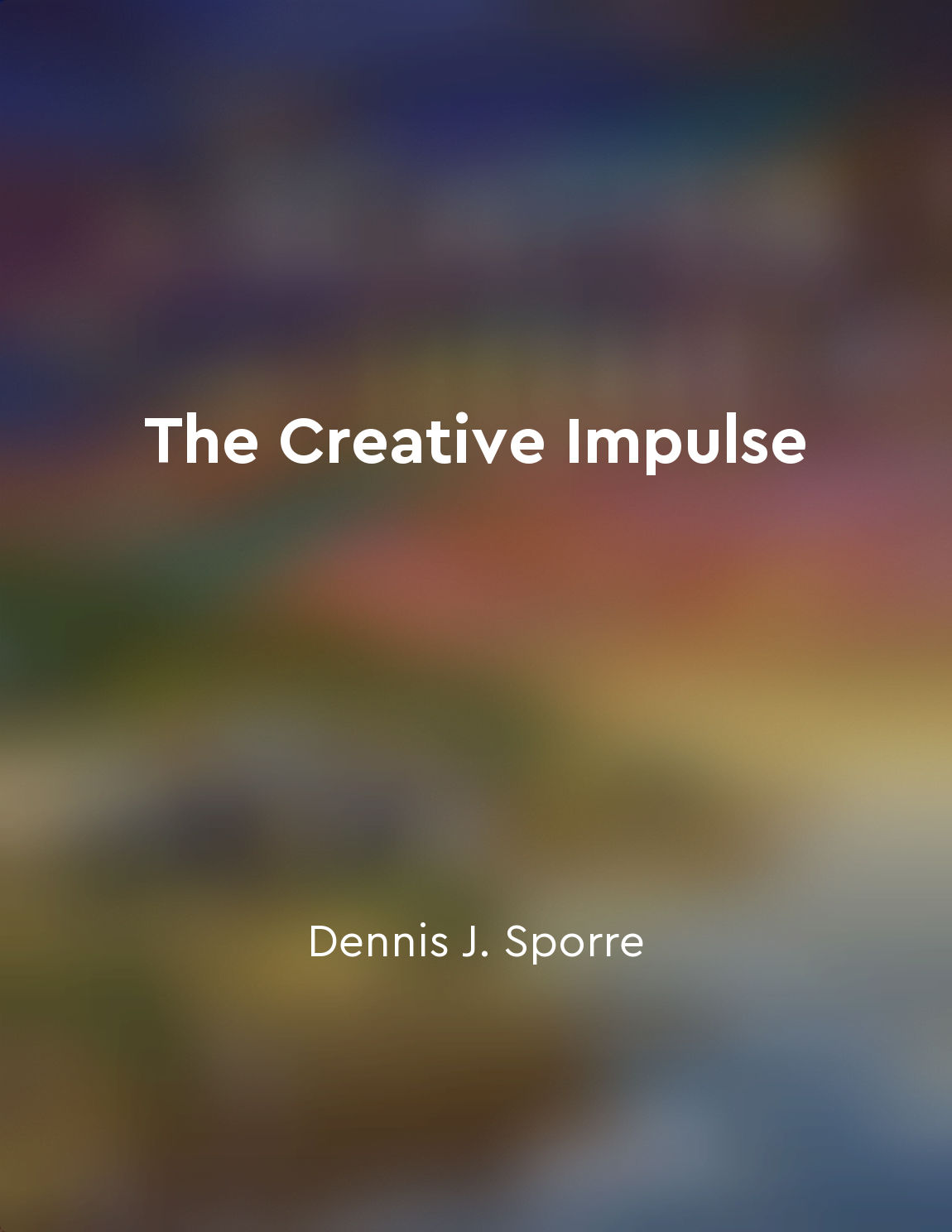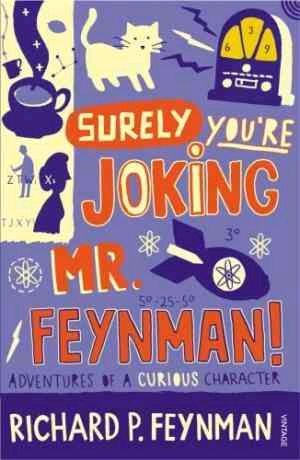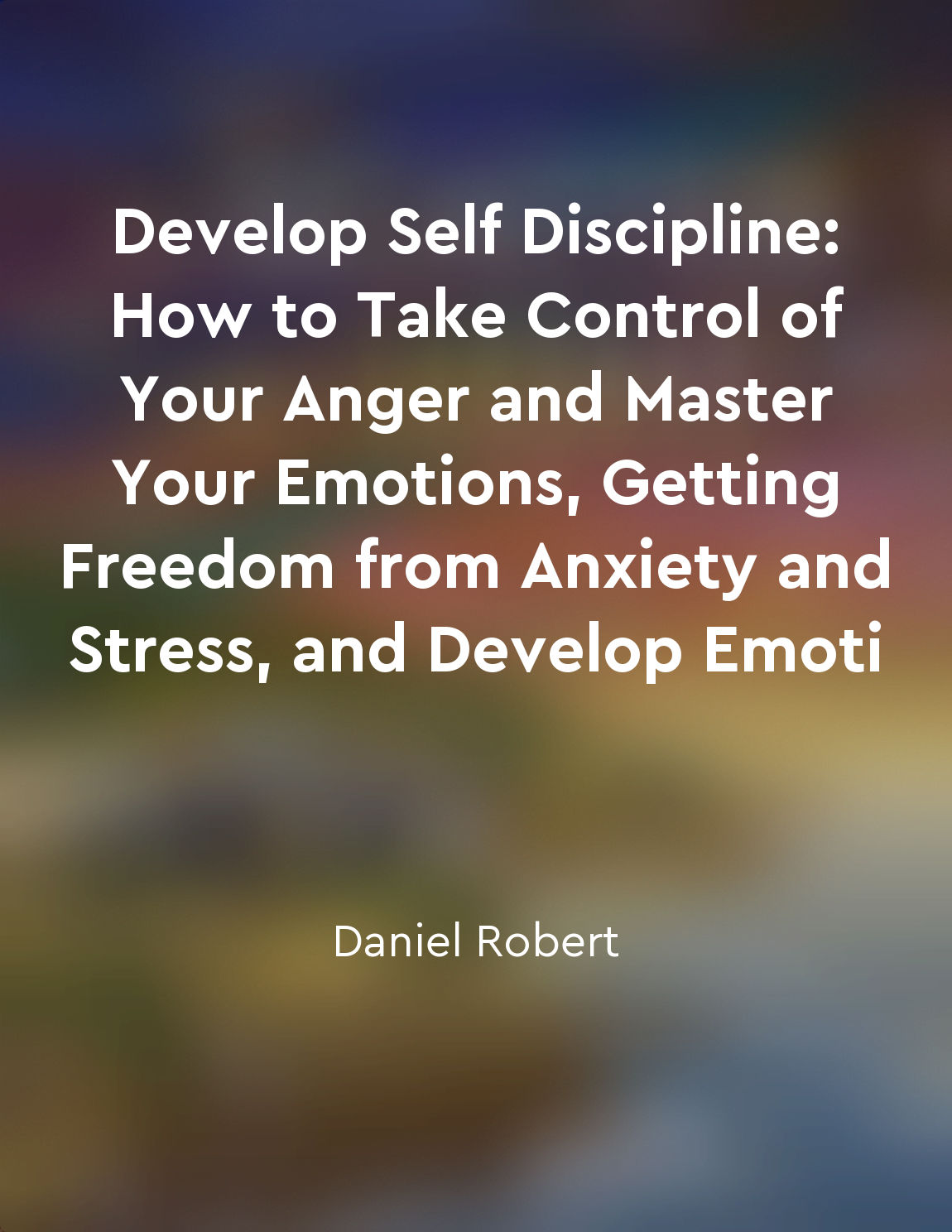Art can help regulate emotions from "summary" of Your Brain on Art by Susan Magsamen,Ivy Ross
Art has the power to evoke emotions within us, both positive and negative. When we experience a piece of art, our brains light up in response, activating different regions that are responsible for processing emotions. This emotional response can be incredibly beneficial in helping us regulate our feelings and navigate through the complexities of our inner world. Through art, we are able to explore and express our emotions in a safe and constructive way. Whether we are feeling joy, sadness, anger, or fear, art provides us with a creative outlet to externalize and make sense of our inner turmoil. By engaging with art that resonates with our emotions, we can better understand and process what we are feeling, leading to a sense of emotional regulation and relief. Moreover, art has the ability to shift our emotional state by offering us new perspectives and insights. When we immerse ourselves in a painting, sculpture, or piece of music, we are transported to a different realm where our emotions can be transformed and reframed. This shift in perspective can help us gain clarity on our feelings, allowing us to regulate and manage them more effectively. In addition, the act of creating art can be a powerful tool for emotional regulation. When we engage in the process of making art, whether through drawing, painting, sculpting, or any other medium, we are able to channel our emotions into a tangible form. This act of creation not only allows us to express ourselves authentically but also provides a sense of catharsis and release.- Art serves as a dynamic and versatile tool for regulating emotions. Whether we are engaging with art as a viewer or a creator, the emotional journey that art takes us on can be incredibly transformative. By tapping into the power of art, we can cultivate greater self-awareness, emotional resilience, and well-being in our lives.
Similar Posts
Healing through storytelling
Storytelling has always been a form of healing for me. In the act of putting words to paper, I find a certain kind of solace, a...
Trek through lush jungles and towering mountains
The allure of journeying through lush jungles and towering mountains is a dream for many adventurers. It offers an opportunity ...

Artists often rely on intuition and instinct in their work
Artists possess a unique ability to tap into their intuition and instinct when creating their work. This intuitive sense allows...
Philosophical musings
In my reflections on life and the world around me, I often find myself lost in a web of thoughts that lead me to question the v...
Authoritative monologue limits the potential of language
The concept of authoritative monologue limiting the potential of language is a central idea in Bakhtin's work. Bakhtin argues t...

Journey from academia to industry
In my time, I have witnessed many physicists making the transition from the world of academia to the realm of industry. This jo...

Remember that selfdiscipline is a journey, not a destination, and be patient with yourself along the way
Self-discipline is not something that can be achieved overnight. It is a process that takes time and effort. It is important to...
Failed relationships
Failed relationships are like a broken mirror, reflecting shards of pain and loneliness. They are the cracks in the facade of h...

Relationships are tested amidst life's challenges
In the midst of life’s challenges, relationships are often put to the test. Suzume No Tojimari beautifully illustrates this tru...
Embrace solitude as a time for reflection and ideation
When you're alone, you have the freedom to think deeply and explore your thoughts without distractions. Solitude offers a preci...

